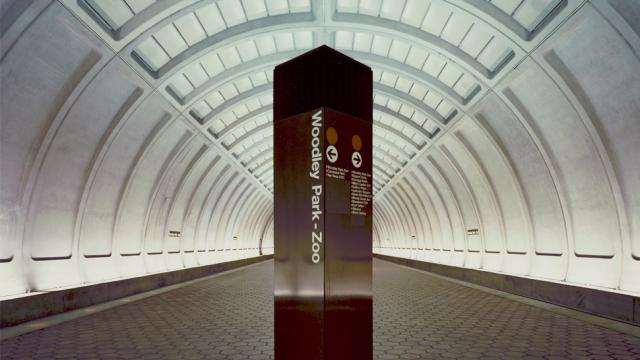It’s a question that pops up again and again during the perennial cycle of annual architecture awards: Why do we only honour new buildings for great design, when the test of time is yet to come? It’s an inequality that the American Institute of Architects has being trying to address for decades.
The AIA’s been giving out its 25 Year Award since 1969. It’s designed to honour a building that’s been around for 25 to 35 years — not terribly old, by traditional standards, but definitely pretty elderly by modern ones. The idea, according to the AIA, is to recognise buildings with “enduring significance” that have “stood the test of time.” In other words, these are buildings that are still solid, useful and beautiful, to borrow a phrase from Vitruvius.
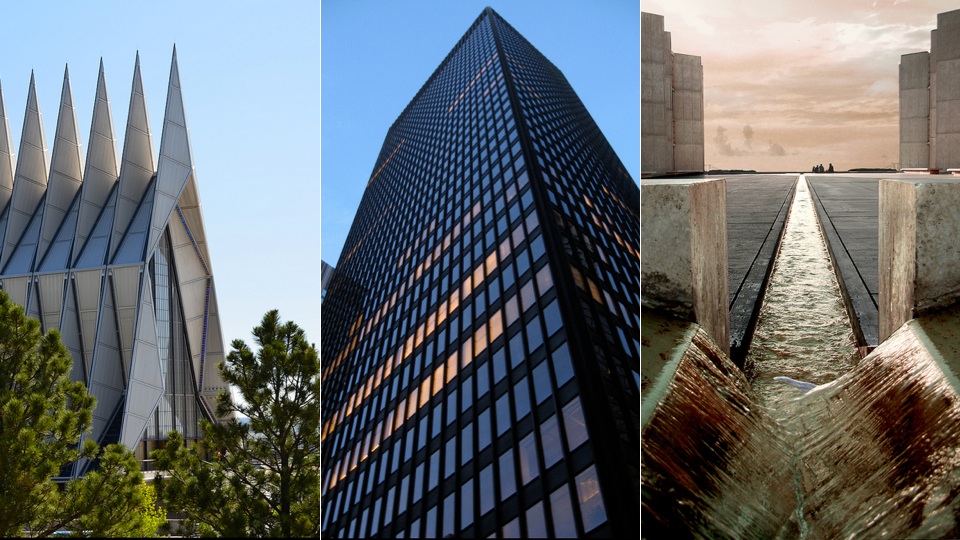
Grant Montgomery; Jeni Rodger; Beau Saunders.
So, what buildings have qualified? Well, the Seagram Building won it in 1984. The Salk Institute in 1990. The Airforce Academy Cadet Chapel, the General Motors Technical Center, and the Eames House have all won, too.
This year’s winner, though, is less of a building and more of a whole system of buildings: The D.C. Metro, designed by Chicago architect Harry Weese.
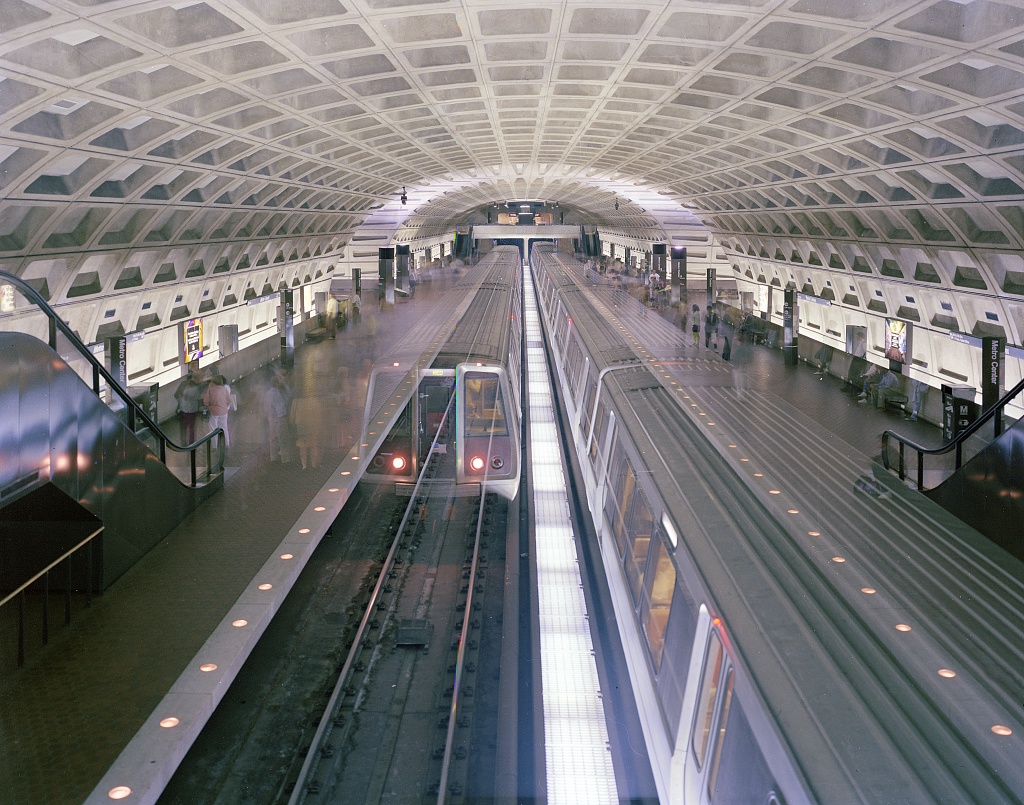
Image: Highsmith, Carol/Library of Congress.
It’s easy to understand why the AIA would honour Weese. The incredible Brutalist elegance of his Metro stations — precast concrete vaults, futuristic lighting, and hushed high-tech systems included — is still the object of obsession amongst architects who weren’t even born when Weese was working.


Images: Al Ebnereza and laffy4k.
But that’s really only a small part of what makes the system great. Here was a guy who, in the early 1970s, had the foresight to create a modular kit-of parts that worked not only for the five D.C. Metro stations that opened in 1976, but also for the 78 other stations that were designed since — some of them, after Weese himself had already died.
To put it in perspective, imagine a contemporary architect building a library or museum based on the plans of a designer from the late 1960s and 70s. It’s difficult to picture, right?
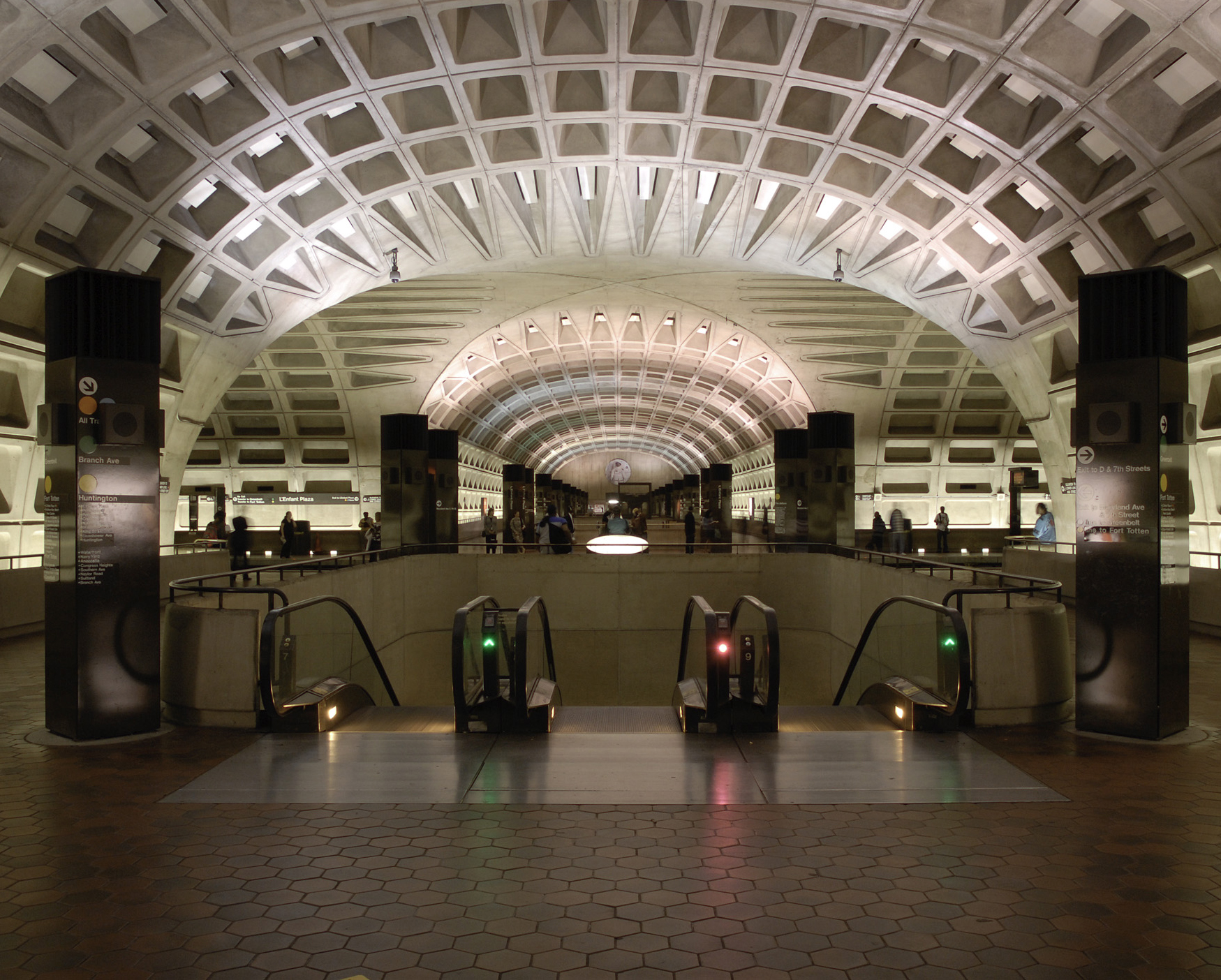

Images: AIA; Garyisajoke.
Of course, we give awards to new buildings for a whole list of good reasons: To honour contemporary architects, to celebrate peers, to generate publicity and interest in the profession. But it’s a shame there aren’t more awards for buildings that are still great, four or five decades out. Architecture is getting more and more disposable — these days, football and baseball stadiums are old if they live past 30 (despite billion-dollar price tags) and new home construction is once again soaring past pre-2008 levels.
It’s enough to make you wonder why we celebrate buildings for arriving, but not remaining. Check out the AIA’s full commendation here.
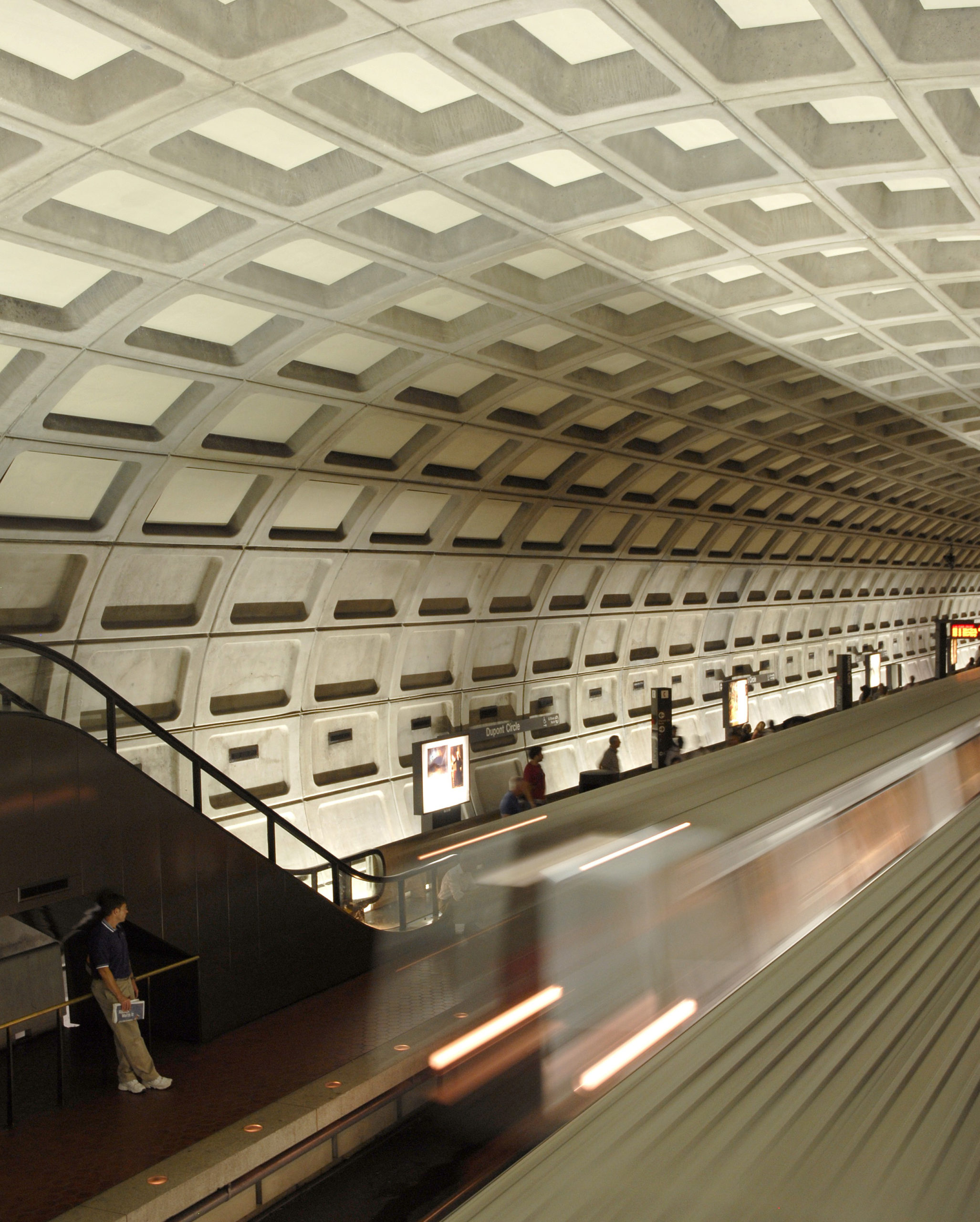

Images: AIA
